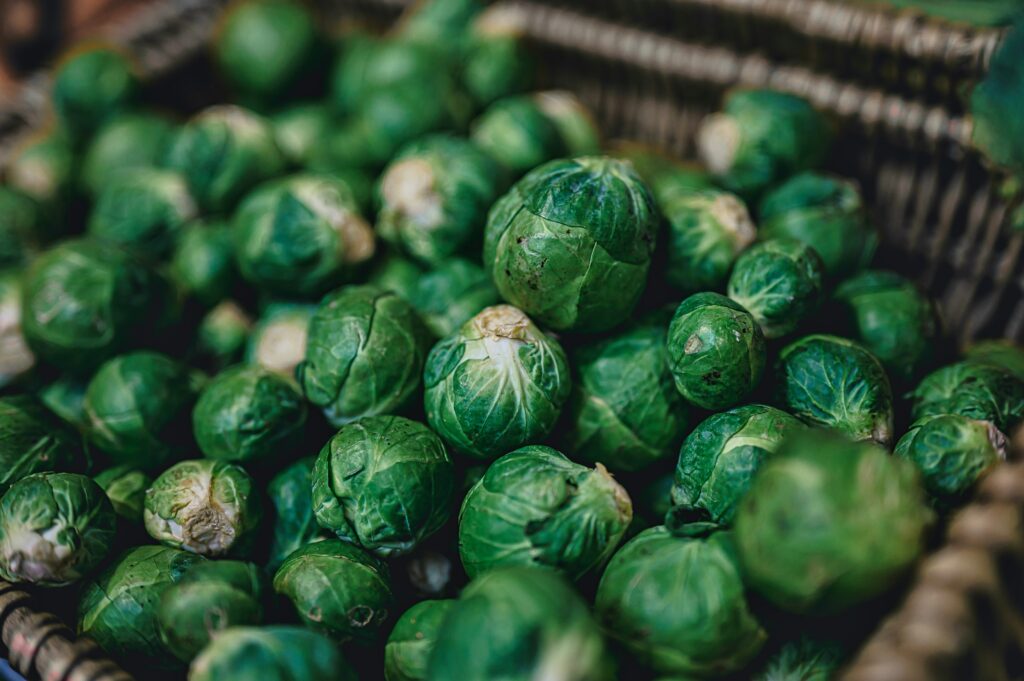From CO2Science: Brazilian ginseng (Pfaffia glomerata) is a medicinal herb utilized in the treatment of rheumatism, diabetes, gastro-intestinal disorders and inflammation. It is also recognized as a tonic, aphrodisiac and hypoglycemiant. In the present study, Louback et al. (2021) investigated the effects of elevated CO2 on the early in vitro growth and development of P. glomerata.
Paper reviewed: Louback, E., Batista, D.S., Pereira, T.A.R., Mamedes-Rodrigues, T.C., Silva, T.D., Felipe, S.H.S., Rocha, D.I., Steinmacher, D.A. and Otoni, W.C. 2021. CO2 enrichment leads to altered cell wall composition in plants of Pfaffia glomerata (Spreng.) Pedersen (Amaranthaceae). Plant Cell, Tissue and Organ Culture, doi.org/10.1007/s11240-021-02031-4.
The work was conducted under controlled-environment laboratory conditions with plants micropropagated in a photoautotrophic system under ambient (400 ppm) or elevated (1000 ppm) CO2 levels for 20, 30 or 40 days. At the end of each treatment period (20, 30 or 40 days), the authors conducted photosynthetic and growth-related measurements, while also analyzing plant cell wall development and structural dynamics.
In discussing their findings Louback et al. report plants exposed to high CO2 displayed greater photosynthesis (24% on average, regardless of experiment duration) stem length (27-43%; see Figures 1 and 2 below), fresh weight (81%, 101% and 190% greater for experiment durations of 20, 30 and 40 days; see Figures 1 and 2 below) and dry weight (80%, 99% and 99% greater for experiment durations of 20, 30 and 40 days; see Figures 1 and 2 below). They also report that “P. glomerata under elevated CO2 produced more pectic polysaccharides and hemicelluloses in the cell wall,” which production of pectic polymers and xylans was found to be associated with dry biomass gain. Consequently, it is evident that in the future rising CO2 will enhance the early growth of Brazilian ginseng, likely leading to increased production of the various medicinal substances found in this plant. And that increase will benefit both producers and consumers of this important homeopathic herb.

Figure 1. Brazilian ginseng plants after 20, 30 and 40 days growth under ambient (400 ppm) and elevated (1000 ppm) CO2 concentrations. Source: Louback et al. (2021).

Figure 2. Percent increase in fresh weight, dry weight and stem length due to elevated CO2 of P. glomerata plants grown for 20, 30 or 40 days via micropropagation. This figure was derived using data presented in Table 3 of Louback et al. (2021).



I'm shocked! Shocked, I say!
It's always this way with plants and CO2, judging from the CDN record.